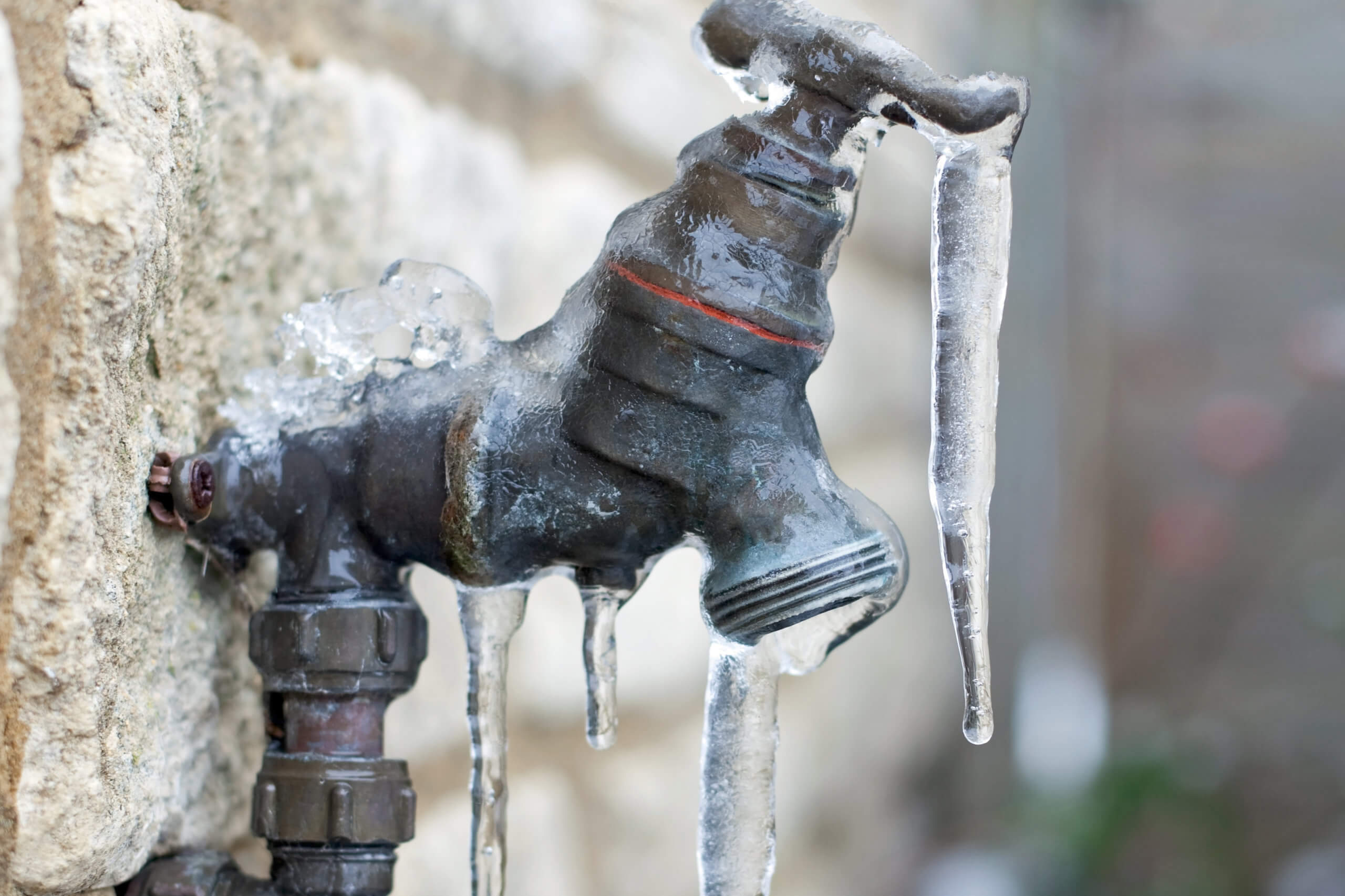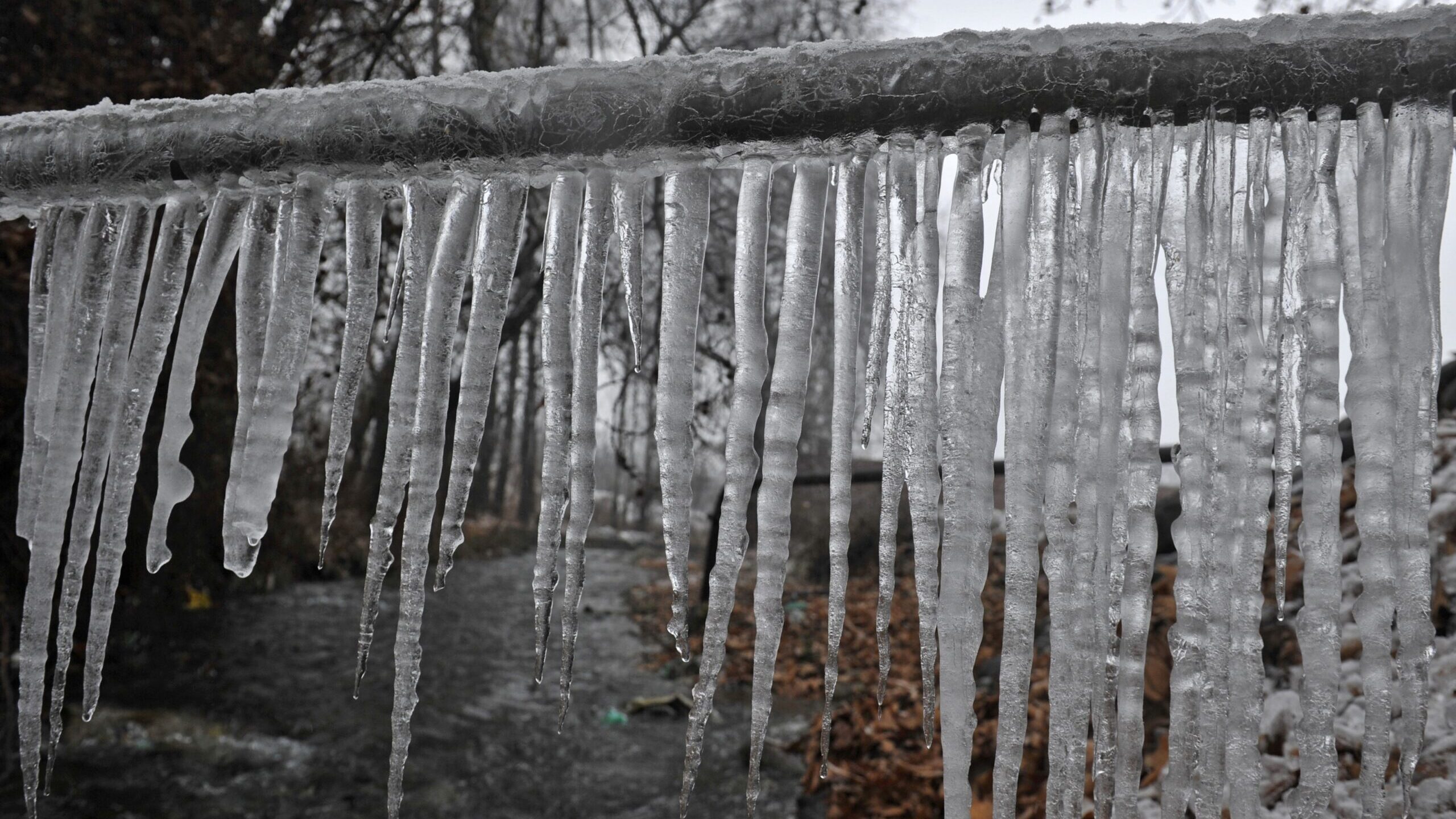Preventing Pipes from Cold Weather: Effective Methods
Preventing Pipes from Cold Weather: Effective Methods
Blog Article
They are making a few good pointers about How to Prevent Your Pipes From Freezing as a whole in the content which follows.

Winter can wreak havoc on your pipes, particularly by freezing pipes. Below's how to stop it from taking place and what to do if it does.
Introduction
As temperatures drop, the risk of frozen pipelines boosts, potentially leading to pricey repair services and water damages. Understanding how to stop frozen pipelines is vital for property owners in cold environments.
Understanding Icy Pipes
What creates pipes to freeze?
Pipes freeze when revealed to temperature levels below 32 ° F (0 ° C) for extended periods. As water inside the pipes ices up, it broadens, putting pressure on the pipeline walls and potentially creating them to break.
Threats and damages
Icy pipes can lead to supply of water disruptions, building damage, and costly repair work. Ruptured pipes can flooding homes and cause considerable structural damages.
Indicators of Frozen Pipeline
Recognizing frozen pipes early can avoid them from breaking.
Just how to recognize frozen pipes
Try to find decreased water circulation from taps, uncommon odors or noises from pipes, and noticeable frost on revealed pipelines.
Avoidance Tips
Shielding prone pipelines
Cover pipelines in insulation sleeves or utilize heat tape to safeguard them from freezing temperatures. Concentrate on pipelines in unheated or exterior areas of the home.
Home heating techniques
Keep indoor areas effectively warmed, especially locations with plumbing. Open cupboard doors to permit cozy air to distribute around pipes under sinks.
Securing Outside Pipes
Garden pipes and outside faucets
Detach and drain pipes garden pipes prior to winter season. Mount frost-proof faucets or cover exterior faucets with insulated caps.
What to Do If Your Pipes Freeze
Immediate actions to take
If you presume icy pipes, keep taps open to eliminate stress as the ice thaws. Utilize a hairdryer or towels taken in warm water to thaw pipes slowly.
Long-Term Solutions
Structural modifications
Think about rerouting pipes away from exterior wall surfaces or unheated locations. Include extra insulation to attics, cellars, and crawl spaces.
Upgrading insulation
Invest in high-quality insulation for pipes, attic rooms, and walls. Correct insulation assists keep constant temperatures and lowers the risk of icy pipes.
Conclusion
Stopping icy pipes requires positive procedures and fast actions. By recognizing the reasons, indicators, and safety nets, homeowners can protect their pipes throughout winter.
5 Ways to Prevent Frozen Pipes
Drain Outdoor Faucets and Disconnect Hoses
First, close the shut-off valve that controls the flow of water in the pipe to your outdoor faucet. Then, head outside to disconnect and drain your hose and open the outdoor faucet to allow the water to completely drain out of the line. Turn off the faucet when done. Finally, head back to the shut-off valve and drain the remaining water inside the pipe into a bucket or container. Additionally, if you have a home irrigation system, you should consider hiring an expert to clear the system of water each year.
Insulate Pipes
One of the best and most cost-effective methods for preventing frozen water pipes is to wrap your pipes with insulation. This is especially important for areas in your home that aren’t exposed to heat, such as an attic. We suggest using foam sleeves, which can typically be found at your local hardware store.
Keep Heat Running at 65
Your pipes are located inside your walls, and the temperature there is much colder than the rest of the house. To prevent your pipes from freezing, The Insurance Information Institute suggests that you keep your home heated to at least 65 degrees, even when traveling. You may want to invest in smart devices that can keep an eye on the temperature in your home while you’re away.
Leave Water Dripping
Moving water — even a small trickle — can prevent ice from forming inside your pipes. When freezing temps are imminent, start a drip of water from all faucets that serve exposed pipes. Leaving a few faucets running will also help relieve pressure inside the pipes and help prevent a rupture if the water inside freezes.
Open Cupboard Doors
Warm your kitchen and bathroom pipes by opening cupboards and vanities. You should also leave your interior doors ajar to help warm air circulate evenly throughout your home.

We had been made aware of that article on How to prepare your home plumbing for winter weather from an acquaintance on a different web property. So long as you enjoyed reading our page please remember to share it. Thanks for going through it.
Click Here Report this page